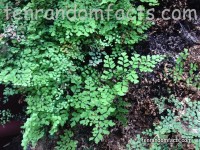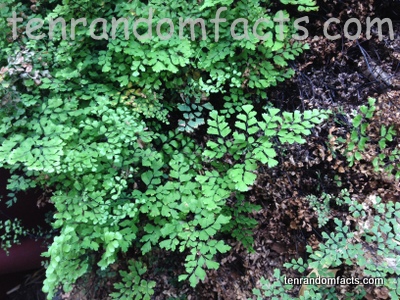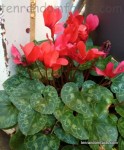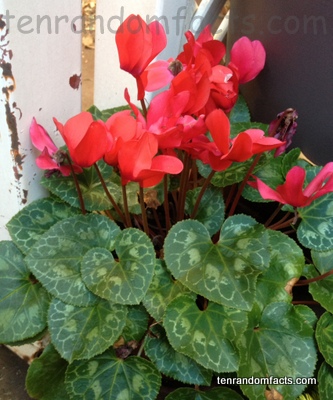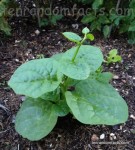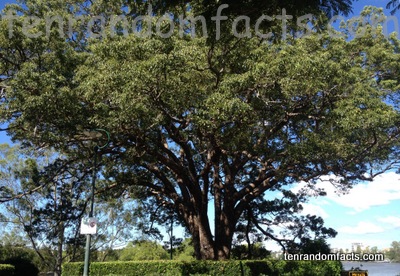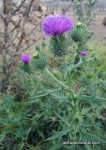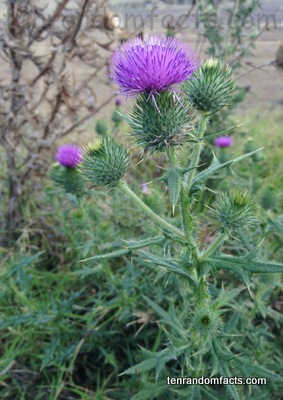
The hibiscus genus.
- Hibiscus are perennial and annual flowering small trees and shrubs of the same-named genus, of which there are approximately 300 different species.
- Hibiscus are from the family Malvaceae, the family of mallows, and they generally have glossy green leaves, and a distinct long stamen.
- Hibiscus often have brightly coloured flowers that are sometimes variegated and can have double petals, in colours of pink, purple, white, yellow, orange and/or red.
- Hibiscus flowers have at least 5 petals forming a trumpet, and spread 4 to 18 centimetres (1.5 to 7 inches) in diameter.
- The word ‘hibiscus’ comes from ‘hibískos’, a Greek word named for the plant, and they are also known as ‘rose mallows’, with different species having other common names.
- Hibiscus plants grow to be around 1.5 to 3 metres (5 to 10 feet) in height, although there are some species that grow taller than this, and they are commonly used for ornamental or landscaping purposes in gardens.
- Hibiscus flowers are commonly dried and can be made into tea, cold drinks, used as food colouring, added to salads, or be cooked and eaten, typically in Mexican cuisine.
- Hibiscus are native to mainly warm areas around the world, with different species being native to specific areas, including Asia, Australia and the Pacific islands.
- Hibiscus is the recognised national flower of Malaysia, South Korea and the Republic of Haiti.
- Hibiscus can be made into shampoo and has been used medicinally, notably for lowering blood pressure.
Bibliography:
Hibiscus, 2002, Burke’s Backyard, http://www.burkesbackyard.com.au/factsheets/Flowering-Plants-and-Shrubs/Hibiscus/107
Hibiscus, 2014, Wikipedia, http://en.wikipedia.org/wiki/Hibiscus





